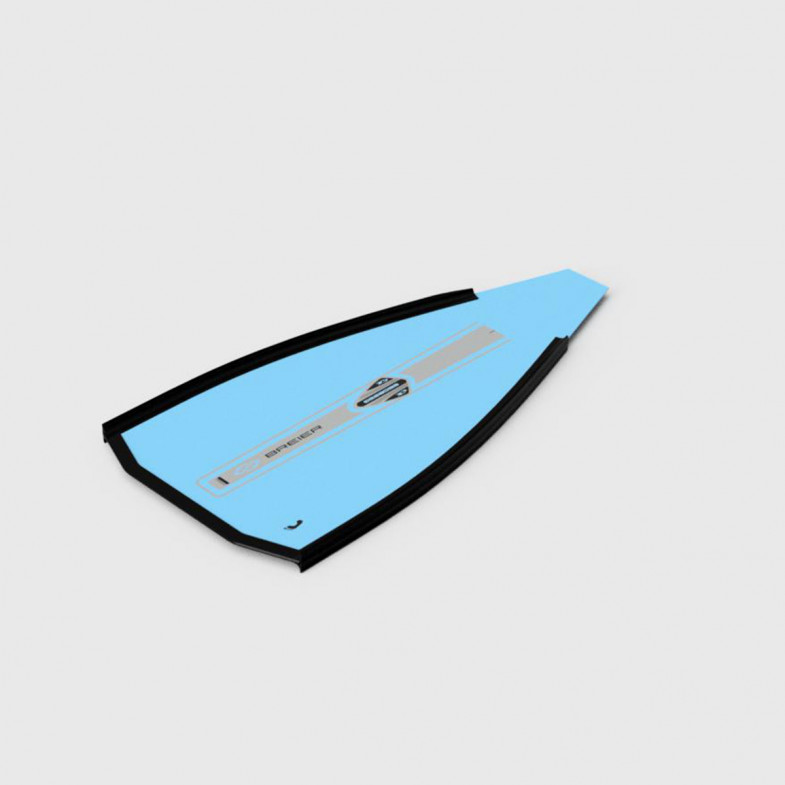



Our blades allow to improve propulsion during the different actions of the game in underwater rugby. The length of the 500 series generates power and allows to reach high speeds or on the contrary to hold a static position in defense. The blades have a specific composite structure that supports torsion and flexion in all directions while maintaining maximum thrust. They are fully protected and approved for competition. T-profiles on the leading edges to ensure good guidance Water droplet profiles on the trailing edge for protection. The E glass fiber fin gives you 30-40% more propulsion than plastic blades. You'll have much more fun playing. They can be fitted with Beuchat, Seac, Mares, Pathos and Imersion footpockets.
This blade will suit players who need to repeat long accelerations. It is slower to activate than the 450 series, but allows for greater top speed. To choose the right stiffness, it is important to take into account your body size and your level of practice. The hardness gives more power but requires more effort, with the repetition of the efforts, the muscles are very solicited. To help you, use our 'which model for me?' selector. The most experienced players can add 1 level to the recommended stiffness index. Blade breakage can occur if the blade is stuck (cannot bend) on the edge or bottom of the pool. The push-off must be done on the foot, not on the blade. Repeated push-offs on the blade will create micro-traumas on the fibers that are invisible to the naked eye and one day, while the player is bladening quietly, the blade breaks.
PRECAUTIONS FOR USE :
Your fibreglass or carbon blade can break :
Data sheet
 Made in France
Made in France